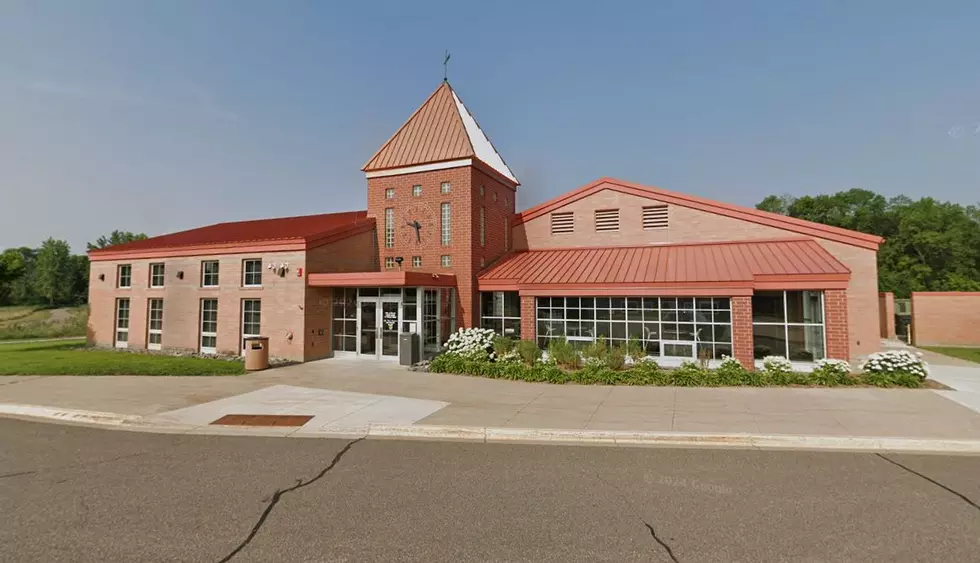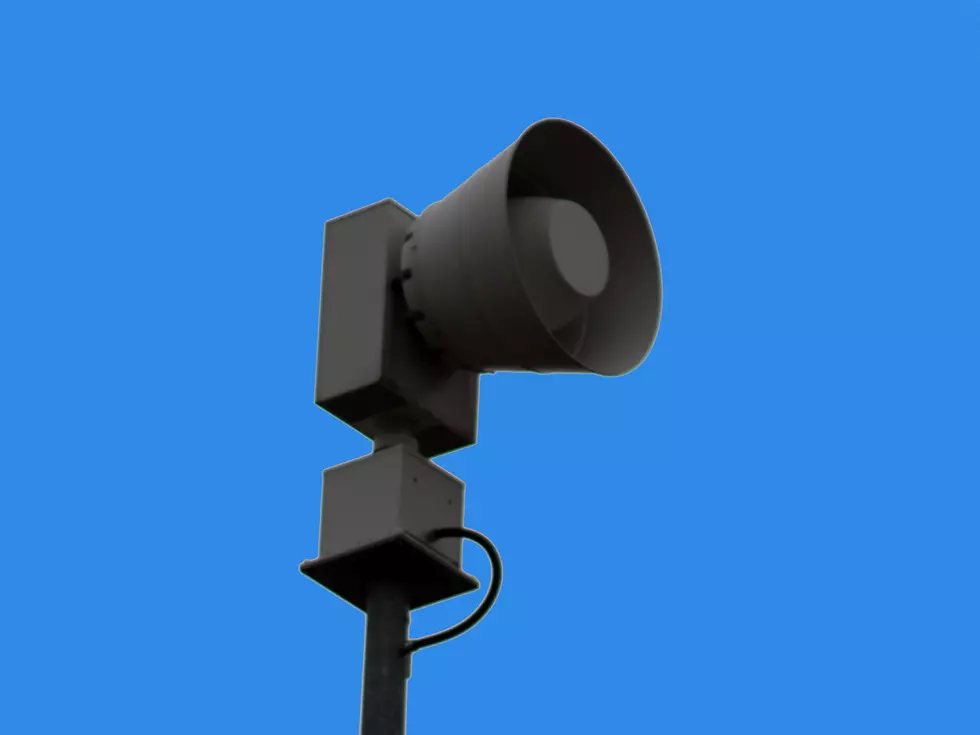Behind The Scenes: National Weather Service Ready When Severe Weather Hits Minnesota [VIDEO]
CHANHASSEN - When severe weather strikes Minnesota, the National Weather Service is in charge of issuing watches and warnings across the state.
During a weather warning, meteorologists use a mapping system on the computer to keep track of storms and collect data. Warnings and information on the storm can then be sent to radio/TV stations and public safety departments.
Todd Krause is the warning coordination meteorologist at the facility. He says it's crucial to ensure that the word gets out quickly and accurately.
"Issuing warnings is no laughing matter-in that you really do have an important responsibility," Krause says.
Krause adds that one of the biggest challenges for a meteorologist is trying to map and predict the future of a storm.
"You've got to figure out-are these storms moving straight? Are they moving to the right or left?" Krause says.
The public safety aspect is the National Weather Service’s largest concern. Getting the information out quickly can potentially save lives when severe weather hits.
"It's really that aspect of public safety that gives many of us the most satisfaction," Krause says.
The NWS is also in charge of constantly updating daily weather forecast.
The office is staffed with at least two meteorologists at any given time. Each has a workstation armed with several computer screens to give them multiple maps and viewpoints on the weather.
More From AM 1240 WJON








